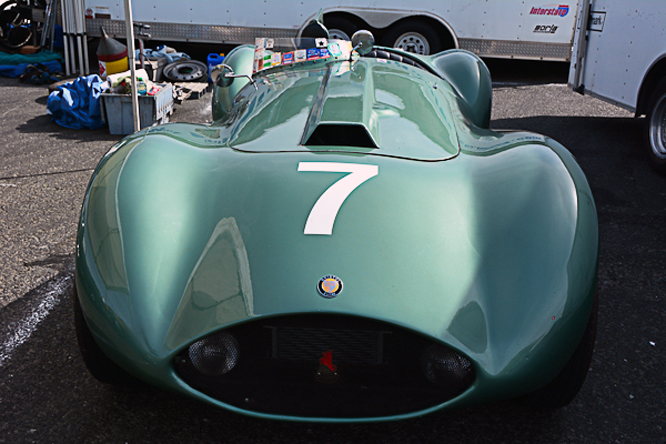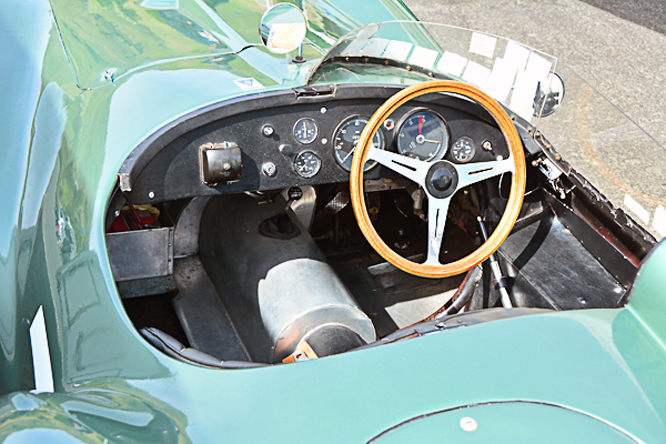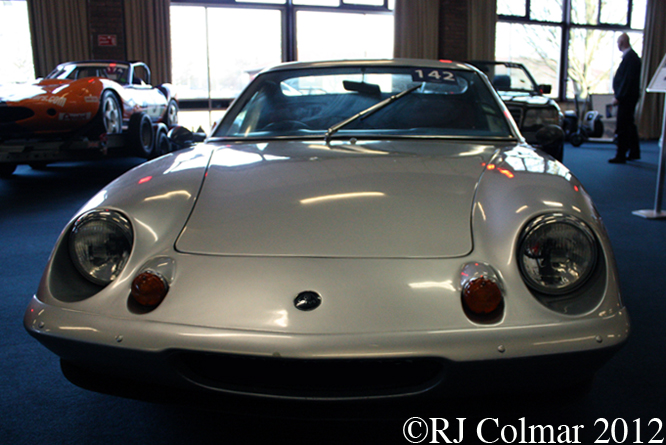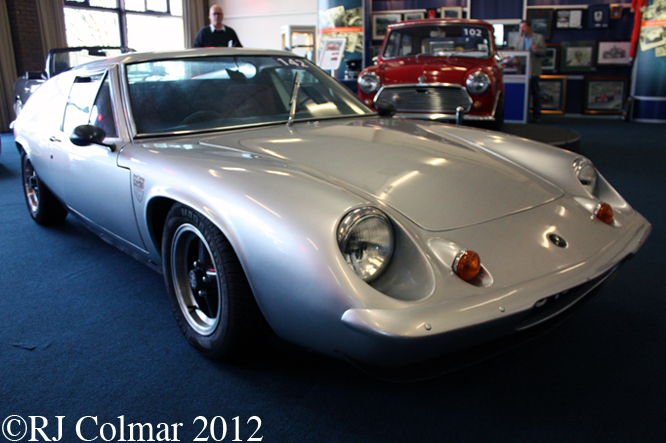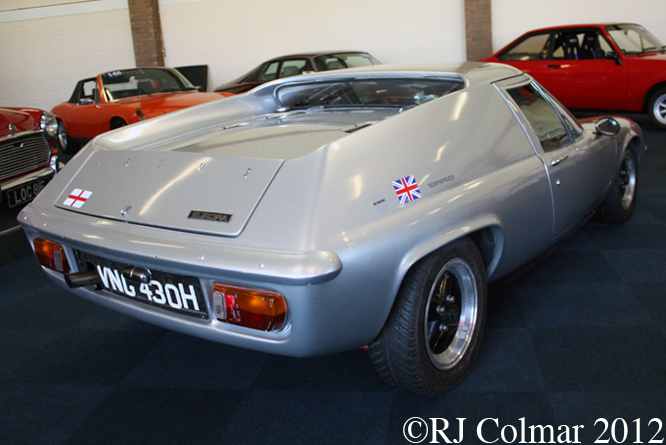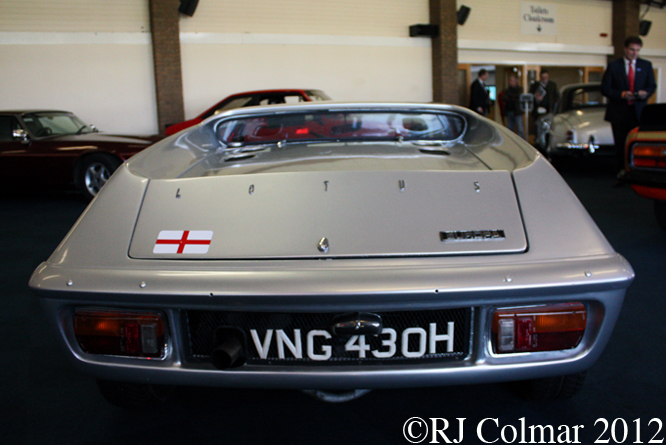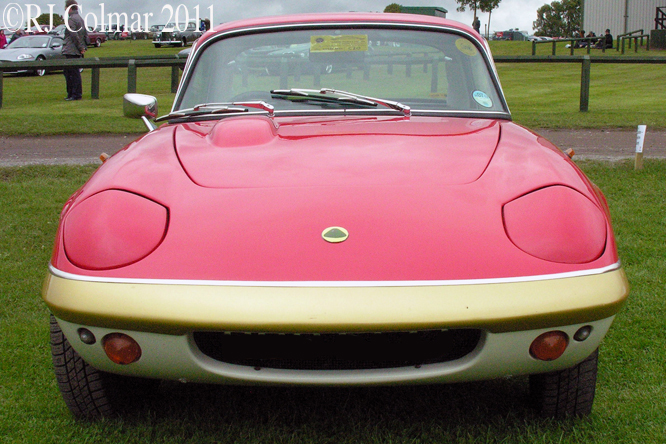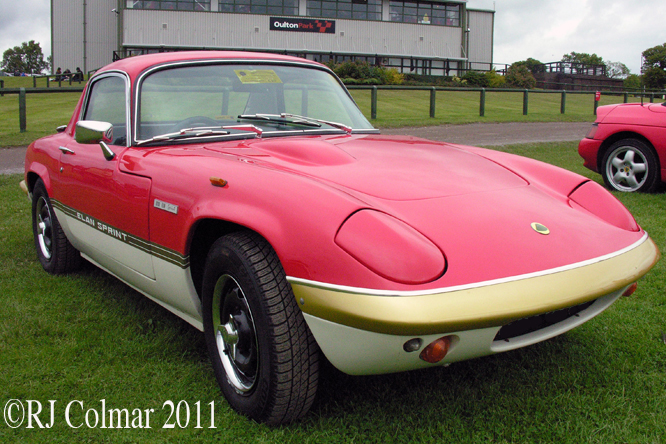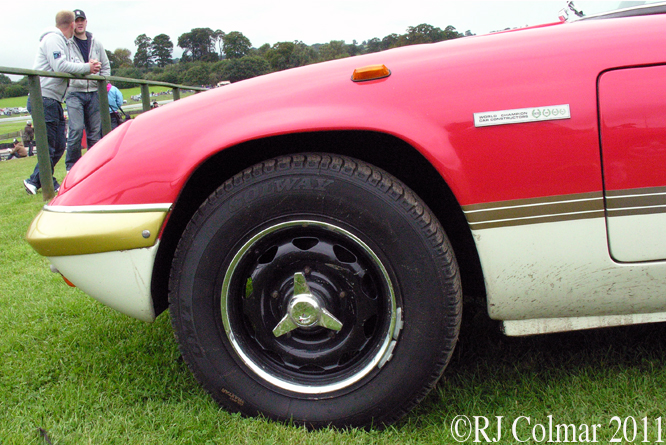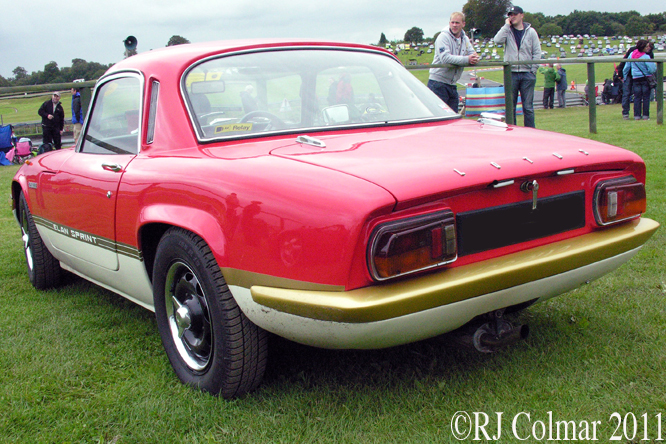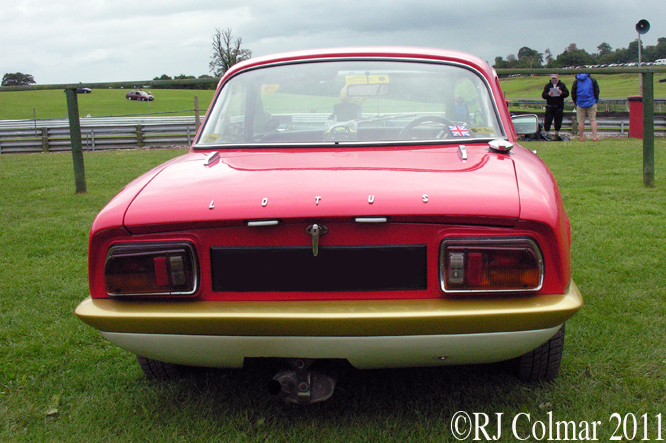Last October I popped across the Severn Bridge to visit Walters Arena, Neath a disused quarry, for the 7th round of the All Wheel Drive Club (AWDC) Britpart Safari Championship, due to a number of circumstances immediately after the event I managed to loose my camera’s memory card before I had down loaded the images somewhere between Neath, London and Bristol which were my next ports of call in the following 24 hours. Last weekend the memory card turned up so here is my belated blog.

I was alerted to the AWDC Britpart Safari Championship at last years Castle Combe Rally Day where several competitors gave impressive demonstrations on a make shift off road course. Above the Land Rover Tomcat of Rob Bool is seen on his way to a second place finish in class.
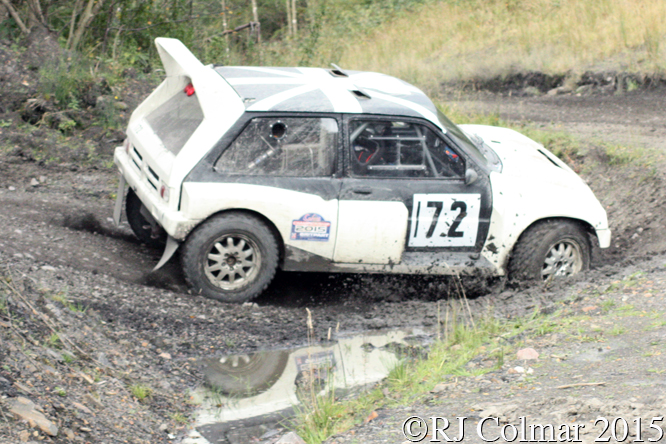
I believe Ivan Dudley has built several space frame MG miniMetro 6R4’s with BMW M3 engines for different off road competitions, he is seen above on his way to a 14th place overall finish.
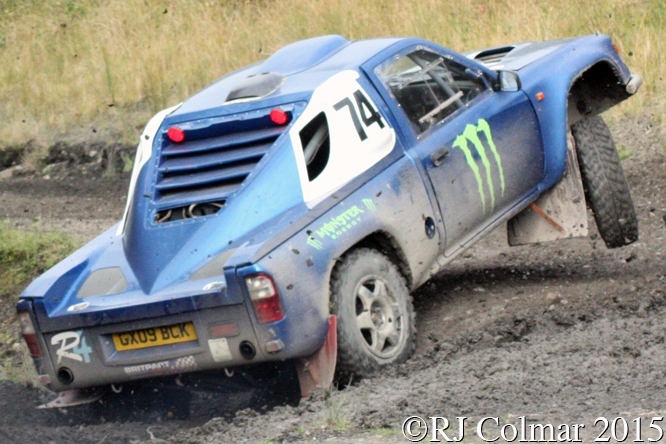
There are several chassis manufacturers I have not heard of before I believe the vague interpretation of a Mitsubishi Pick Up above sits on a Milner chassis built in Derbyshire which could be powered by any number of motors different motors including, 5 litre / 302 cui Ford Coyote or BMW M3 to name a few, Colin Davies is seen above on his way to a 10th place finish overall.
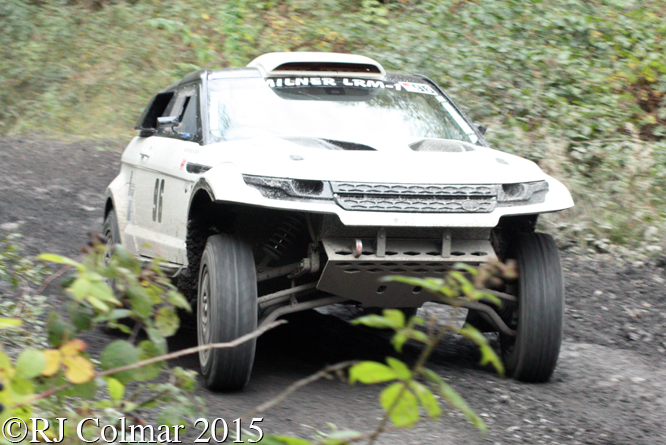
The Range Rover Evoque likeness above driven by Wyn Williams to a 4th place finish overall also sits on a Milner chassis.
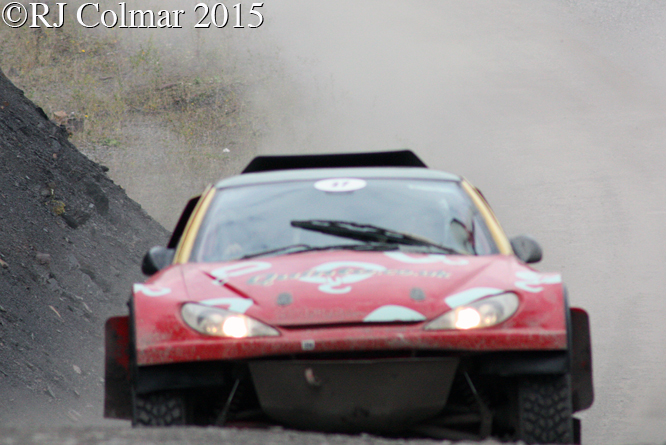
Oliver Arnold is seen above heading for a 3rd place finish in his Peugeot 206 likeness I have no idea what kind of chassis the car has, if you know please do not hesitate ti chip in below.
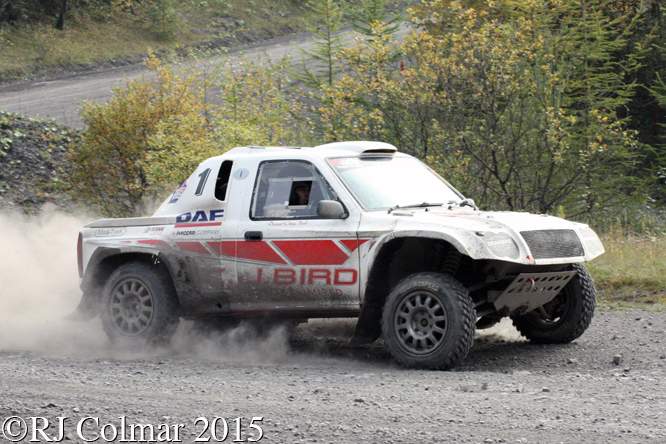
Chris and co driver John Bird are seen above on their way to a win in their Mitsubishi Milner V8 after recovering from a stop on the opening stage.
Two participants were taken to hospital with non life threatening injuries from the event, emphasising how tough a discipline the AWDC Safari Championship is, details of this years series which kicked off on March 20th can be found on this link.
Thanks for joining me on this “AWDC Britpart Safari Championship R7” edition of “Gettin’ a li’l psycho on tyres” I hope you will join me again tomorrow when I’ll be looking at the last in the current series of Camaro’s. Don’t forget to come back now !


